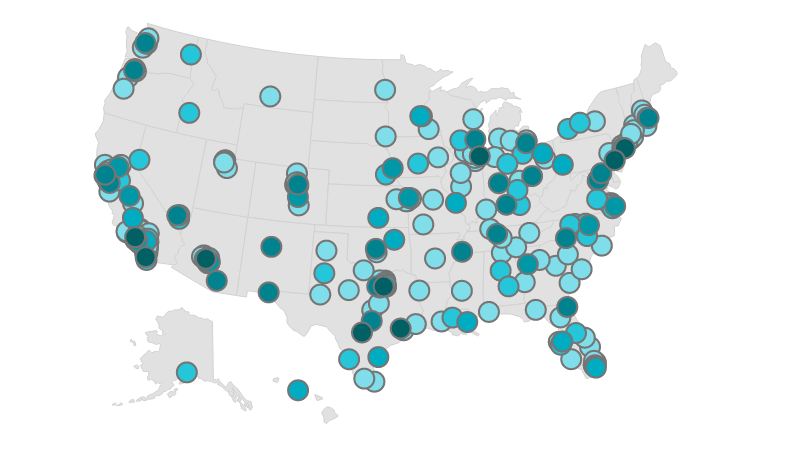What is a Fuel Pressure Regulator and How Does It Work?
The fuel pressure regulator is a key component of your vehicle’s fuel system. Its job is to maintain a consistent and precise fuel pressure for the injectors, ensuring the correct fuel-air mixture enters the engine.
Most regulators are vacuum-operated or electronically controlled. By controlling fuel flow and returning excess fuel to the tank, the regulator ensures smooth engine performance, fuel efficiency, and reduced emissions.
Why the Fuel Pressure Regulator Matters
If the fuel pressure regulator fails, your engine may receive too much or too little fuel. This can cause poor fuel economy, loss of power, hard starts, stalling, or even engine damage. A faulty regulator can also cause the Check Engine Light to illuminate and lead to failed emissions tests.
Replacing the regulator restores correct fuel delivery, protects your engine, and ensures reliable performance.
Important to Know:
- A failing fuel pressure regulator can mimic symptoms of bad injectors, fuel pump issues, or vacuum leaks—proper diagnosis is essential.
- Regulators are often located on the fuel rail or inside the fuel tank (integrated with the fuel pump on some modern vehicles).
- Using OEM or high-quality replacement parts is critical for long-term reliability.
How Fuel Pressure Regulator Replacement is Done:
- Perform diagnostic tests to confirm irregular fuel pressure.
- Inspect the regulator, fuel rail, and related lines for leaks or clogs.
- Safely remove the faulty fuel pressure regulator.
- Install a new OEM-quality regulator and replace seals/gaskets if necessary.
- Test fuel pressure to confirm proper operation.
- Check for leaks and clear any stored error codes.
- Road test vehicle to ensure smooth running and performance.
When to Replace a Fuel Pressure Regulator:
Fuel pressure regulators can last 100,000+ miles, but may fail earlier due to clogged fuel filters, contaminated fuel, or normal wear.
Signs You May Need a New Fuel Pressure Regulator:
- Hard starting or stalling
- Poor acceleration or loss of engine power
- Strong fuel smell from the engine or exhaust
- Black smoke from the tailpipe (running rich)
- Rough idle or misfiring
- Decreased fuel economy
- Check Engine Light with fuel system codes (such as P0089, P0190, P2289)
How Important is This Service?
The fuel pressure regulator ensures your engine gets the exact amount of fuel it needs. A failing regulator can cause performance problems, high emissions, or even internal engine damage. At Nationwide Mechanics, our technicians use advanced diagnostics and install only high-quality regulators to restore safe, efficient performance.




